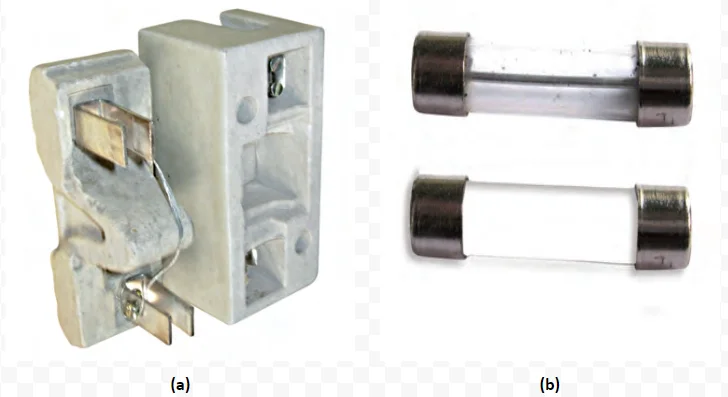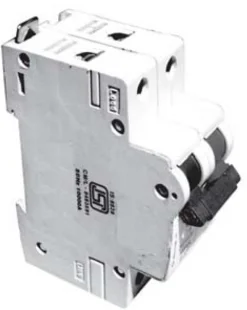![]() December 15, 2023
December 15, 2023
![]() 384
384
![]() 0
0
The heating effect of electric current is a phenomenon in which the passage of electric current through a conductor produces heat. Understanding the heating effect of electric current is crucial for designing efficient electrical devices and ensuring safe and controlled energy transformations in electronic systems.
Understanding the Heating Effect of Electric Current: Basics and Joule’s Law
Do You Know
Incandescent electric bulbs are often used for lighting but a part of electricity consumed is used in producing heat. This is not desirable as it results in the wastage of electricity.
The fluorescent tube-lights and compact fluorescent lamps (CFLs) are better electricity efficient lighting sources. Fluorescent tubes and CFLs contain mercury vapour which is toxic in nature. Therefore, damaged fluorescent tubes or CFLs need to be disposed off safely.
Short Circuit: When the insulation on the wires has come off due to wear and tear, the direct touching of wires cause excessive currents in electrical circuits. This situation cause short circuit.
Overload: Connection of many devices to a single socket can be a reason for excessive current. This may cause overload in the circuit.
Filament
ISI Mark


Light Emitting Diode (LED)
The LED bulbs are much electricity efficient and therefore being preferred. For producing a given intensity of light, LED bulbs consume less electricity and have longer lifetime as compared to incandescent bulbs or fluorescent tubes or CFLs. LED glows even when a weak electric current flows through it. There are two wires (called leads) attached to an LED. One lead is slightly longer than the other. While connecting to a circuit, the longer lead is always connected to the positive terminal of the battery and the shorter lead is connected to the negative terminal ofthe battery.
LEDs are available in many colours such as red, green, yellow, blue, white and are increasingly being used for many applications, for example in traffic signal lights. LEDs are increasingly being used for lighting. A cluster of white LEDs grouped together forms a LED light source. But LED light sources are expensive, so CFLs are currently the best choice. Once the technological advances reduce the cost of LEDs, they will become the preferred lighting source.
<div class="new-fform">
</div>

Latest Comments